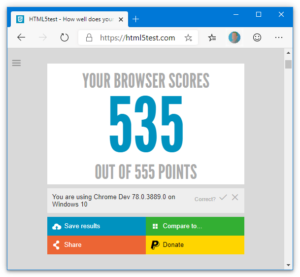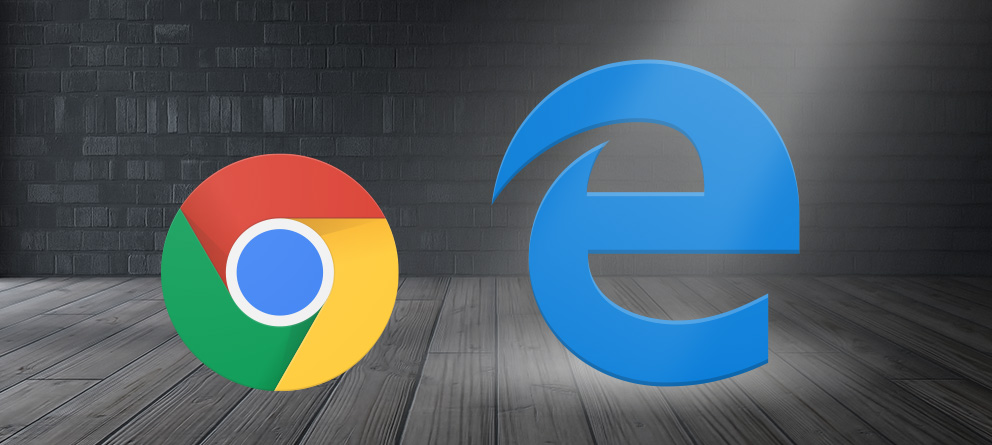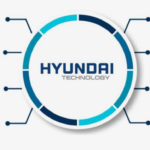After 16 years of using various web browsers, I’m proud to call myself a Microsoft user again. Let me explain.
A long journey
I quit using Internet Explorer nearly nineteen ago when a fledgling browser, known at the time as “Phoenix” was released by the Mozilla Foundation. I never was a huge fan of the predominant Microsoft alternative, Netscape (also made my Mozilla), viewing it as a cheap tacky alternative, the MadCatz controller of web browsers if you will. Phoenix however was refreshing experience. Not only was the user interface more clean and modern than I.E., but the performance and compatibility were on point, and the lightweight fell made it feel zippy compared to I.E.
Fast forward 18 years later and I never looked back. Phoenix ultimately developed and re-branded as “Firefox”, and for a time dominated the Web. Firefox became my browser of choice through the next several years, briefly dabbling in other alternatives such as Opera or Safari (Apple used to release Safari for Windows in case you forgot). All the while, I.E. became less compatible with web standards, and was relegated to the default “Grandma” choice among PC users.
Then Google entered the scene in 2008 and released their Chrome browser. At first I was skeptical. A small search engine company (this was before Android was a thing) releasing their own web browser? Surely this thing will crash and burn within a few months right? Fast forward to 2021 and Google is a hulking juggernaut of the tech industry, while Chrome has gobbled up over 70% of the browser market. Like many others, I have primarily been a Chrome user for the past several years. There just hasn’t been a reason to consider any alternative. Until now.
An unlikely alliance
Microsoft shocked the world earlier in 2019 when they announced that they would be rebuilding their Edge browser from scratch with an entirely different rendering engine. Rather than using their own proprietary renderer, as they has done for the last 26 years, they would instead use the Blink engine developed by Google (forked from Webkit, which was forked from KHTML).
A sign of defeat? Or rather a simple pragmatic strategy owing to the increasing complexity of the web platform as a whole, and a newfound embracing of Open Source in the post-Ballmer era of Microsoft? In either case I was incredibly intrigued. You see, in previous years, Google has lost much of it’s luster in my eyes. As they have matured into a massive company, their focus on the individual user has waned, amidst myriad privacy concerns and scandals. Google Chrome, once seen as a lightweight and compatible web browser, was becoming a data collection tool which happened to be able to view web pages. As with many privacy minded individuals, I was ready to try something new.
How good is it?

The new Edge scores an impressive 535/555 on html5test.
In a word, “fantastic”. When I downloaded the first developer preview of Edge, I was blown away by how polished it felt. This was not your typical “Beta” product, and although it was a brand new release, it felt more feature-complete and stable than the actual mainline build of Edge. This has only improved over time, and by time the Beta rolled out, I switched to using Edge as my daily driver. I haven’t yet gone so far as to remove Chrome from my Taskbar, but I’m getting closer every day.
The new Edge feels like a modern Windows app, with all the design cues of newer Microsoft Applications. Under the hood, it performs just as well as the latest version of Google Chrome, which is to be expected. Microsoft is even adding a ton of nice features all the time such as smooth scrolling, Microsoft account syncing, VS Code integration, Dark Mode, and more.
It still blows me away that Microsoft was able to swallow their pride and release a world-class browser based on an open source (and competitor sponsored) rendering engine. With the increasing creepiness of Google, I’m certainly grateful that they did.











Very good blog! Do you have any helpful hints for aspiring writers? I’m planning to start my own website soon but I’m a little lost on everything. Would you propose starting with a free platform like WordPress or go for a paid option? There are so many choices out there that I’m completely confused .. Any tips? Bless you!|